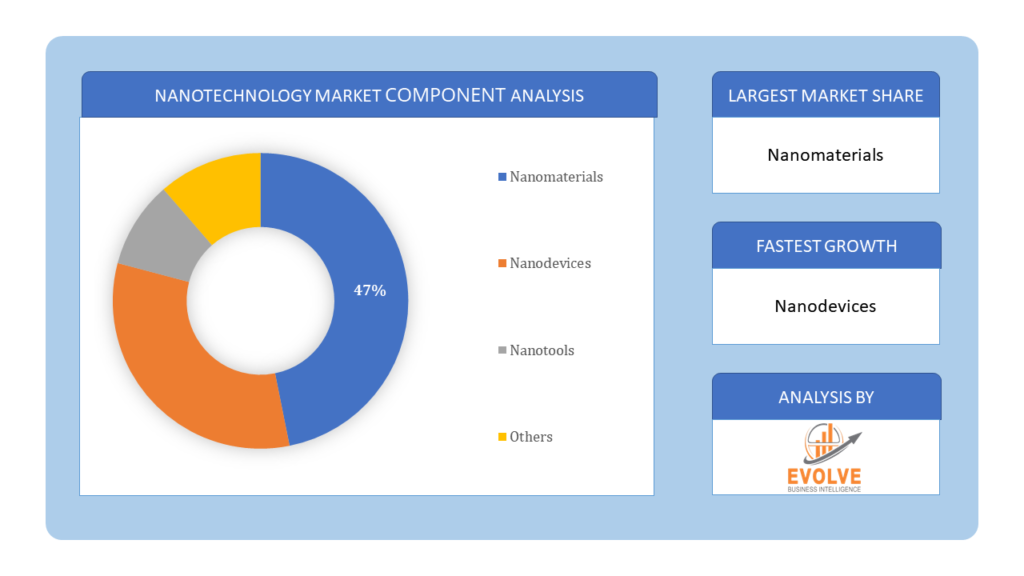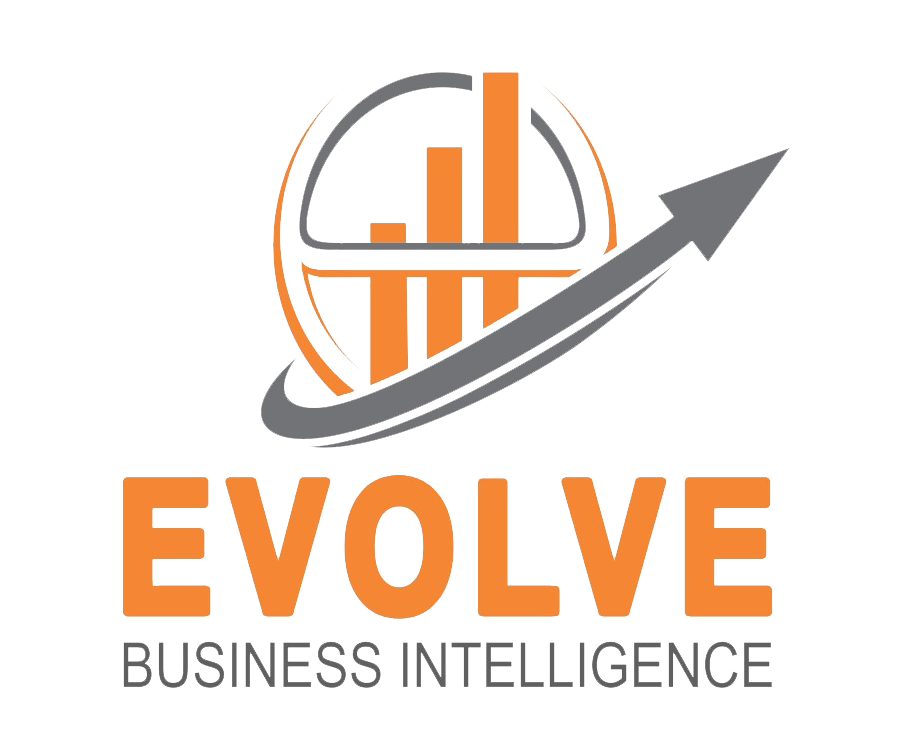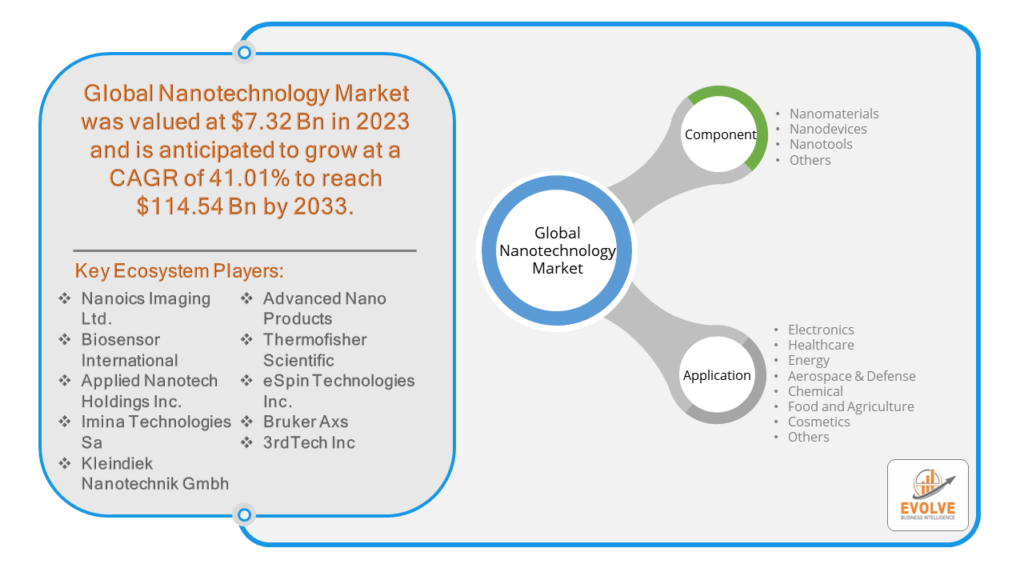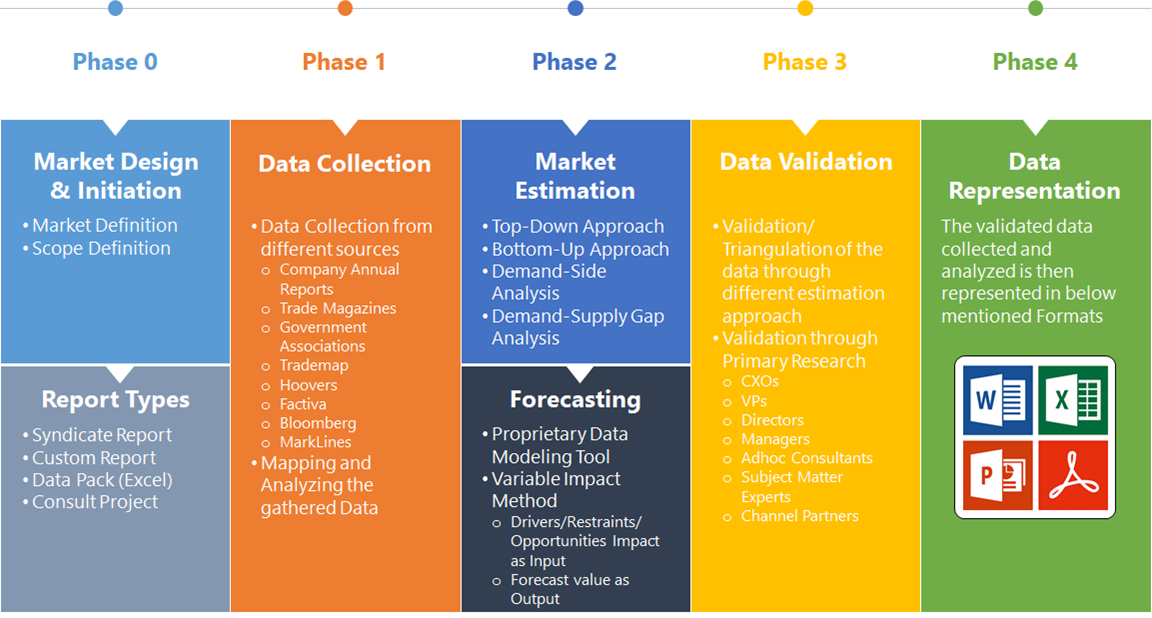Nanotechnology Market Overview
The Nanotechnology Market Size is expected to reach USD 114.54 Billion by 2033. The Nanotechnology Market industry size accounted for USD 7.32 Billion in 2023 and is expected to expand at a compound annual growth rate (CAGR) of 41.01% from 2023 to 2033. The nanotechnology market encompasses the development, production, and application of materials, devices, and systems at the nanometer scale, typically ranging from 1 to 100 nanometers. This field involves manipulating matter at the atomic or molecular level to create new properties and functionalities. Nanotechnology has diverse applications across various sectors, including electronics, healthcare, energy, environmental remediation, and materials science. The market includes both nanomaterials (such as nanoparticles, nanotubes, and nanocomposites) and nanodevices (such as nanosensors and nanoelectronics). It is characterized by rapid innovation, driven by ongoing research and development efforts aimed at harnessing the unique properties of nanoscale materials for practical applications.
Global Nanotechnology Market Synopsis
The covid 19 pandemic had significant impact on nanotechnology market. Nanotechnology has played a crucial role in the fight against COVID-19. Nanoparticles have been utilized in the development of diagnostic tests, drug delivery systems, and vaccine delivery mechanisms. The pandemic has accelerated research and development in nanomedicine, leading to increased investment and market growth in this sector. Like many industries, the nanotechnology market experienced disruptions in the supply chain due to lockdowns, travel restrictions, and reduced manufacturing capacities. This has led to delays in production and delivery of nanomaterials and nanodevices, impacting market growth. The economic downturn caused by the pandemic affected funding for research and development projects in the nanotechnology sector. However, government stimulus packages and increased interest in healthcare-related technologies mitigated some of the negative impacts, leading to continued investment in nanotechnology companies and startups.
Nanotechnology Market Dynamics
The major factors that have impacted the growth of Nanotechnology Market are as follows:
Drivers:
Ø Advancements in Material Science
Nanotechnology enables the manipulation of materials at the atomic and molecular level, leading to the creation of new materials with unique properties and functionalities. These advancements drive innovation across various industries such as electronics, healthcare, energy, and aerospace. As technology advances, there is an increasing demand for smaller and more efficient devices. Nanotechnology facilitates the development of miniaturized components and systems, leading to the creation of smaller electronic devices, more sensitive sensors, and higher capacity batteries. Nanotechnology plays a vital role in revolutionizing healthcare by enabling targeted drug delivery, early disease detection, and personalized medicine. Nanoparticles, nanosensors, and nanodevices are being used in diagnostics, drug delivery systems, and imaging technologies, driving the growth of the healthcare sector.
Restraint:
- Perception of High Cost of Development and Production
Developing nanotechnology-based products often requires significant investment in research, development, and manufacturing. The high cost associated with nanomaterial synthesis, characterization, and scale-up can limit the adoption of nanotechnology, particularly for small and medium-sized enterprises (SMEs) and startups. The unique properties of nanomaterials raise concerns regarding their safety, environmental impact, and regulatory oversight. Uncertainty surrounding regulatory frameworks and compliance requirements can hinder market growth by increasing compliance costs and delaying product commercialization.
Opportunity:
⮚ Healthcare Revolution and Environmental Remediation
Nanotechnology holds immense potential for transforming healthcare through personalized medicine, targeted drug delivery, and advanced diagnostics. Opportunities abound for developing novel nanomedicines, biosensors, and imaging technologies to improve patient outcomes and enhance disease management. Nanotechnology can address environmental challenges by enabling efficient pollutant removal, water purification, and waste management. Opportunities abound for developing nano-enabled catalysts, adsorbents, and membranes for environmental remediation applications, contributing to sustainability efforts. Nanotechnology drives the development of high-performance electronic devices, photonic components, and quantum computing technologies. Opportunities exist for creating faster, smaller, and more energy-efficient electronic devices, as well as innovative photonics solutions for telecommunications, sensing, and imaging applications.
Nanotechnology Market Segment Overview
By Component
 Based on Component, the market is segmented based on Nanomaterials, Nanodevices, Nanotools and Others. The Nanomaterials segment is dominant the market. Nanocomposites are materials composed of a matrix material reinforced with nanoscale additives such as nanoparticles, nanotubes, or nanofibers. They offer superior mechanical, thermal, and electrical properties compared to conventional composites. Nanocomposites find applications in aerospace, automotive, construction, and consumer electronics industries, among others.
Based on Component, the market is segmented based on Nanomaterials, Nanodevices, Nanotools and Others. The Nanomaterials segment is dominant the market. Nanocomposites are materials composed of a matrix material reinforced with nanoscale additives such as nanoparticles, nanotubes, or nanofibers. They offer superior mechanical, thermal, and electrical properties compared to conventional composites. Nanocomposites find applications in aerospace, automotive, construction, and consumer electronics industries, among others.
By Application
Based on Application, the market segment has been divided into the Electronics, Healthcare, Energy, Aerospace & Defense, Chemical, Food and Agriculture, Cosmetics and Others. The Healthcare segment is anticipated to dominant the market. Nanotechnology offers precise control over drug delivery, allowing for targeted delivery to specific cells or tissues while minimizing side effects. Nanoparticle-based drug delivery systems can encapsulate drugs, protect them from degradation, and release them in a controlled manner. Liposomes, polymeric nanoparticles, and dendrimers are examples of nanocarriers used in drug delivery applications.
Global Nanotechnology Market Regional Analysis
Based on region, the global Nanotechnology Market has been divided into North America, Europe, Asia-Pacific, the Middle East & Africa, and Latin America. North America is projected to dominate the use of the Nanotechnology Market followed by the Asia-Pacific and Europe regions.
Nanotechnology North America Market
North America holds a dominant position in the Nanotechnology Market. North America, particularly the United States, leads the global nanotechnology market in terms of research and development, investment, and commercialization activities. The region boasts a strong ecosystem of nanotechnology companies, research institutions, and government agencies. Key application areas include healthcare, electronics, aerospace, and energy.
Nanotechnology Asia-Pacific Market
The Asia-Pacific region has indeed emerged as the fastest-growing market for the Nanotechnology Market industry. The Asia-Pacific region, particularly China, Japan, and South Korea, is witnessing rapid growth in the nanotechnology market. These countries have made substantial investments in nanotechnology research, infrastructure, and commercialization. China, in particular, is emerging as a major player in nanotechnology, with a focus on electronics, healthcare, and energy applications. Other countries in the region, such as Singapore and India, are also investing in nanotechnology to drive innovation and economic growth.
Competitive Landscape
The global Nanotechnology Market is highly competitive, with numerous players offering a wide range of software solutions. The competitive landscape is characterized by the presence of established companies, as well as emerging startups and niche players. To increase their market position and attract a wide consumer base, the businesses are employing various strategies, such as product launches, and strategic alliances.
Prominent Players:
- Nanoics Imaging Ltd.
- Biosensor International
- Applied Nanotech Holdings Inc.
- Imina Technologies Sa
- Kleindiek Nanotechnik Gmbh
- Advanced Nano Products
- Thermofisher Scientific
- eSpin Technologies Inc.
- Bruker Axs
- 3rdTech Inc
Scope of the Report
Global Nanotechnology Market, by Component
- Nanomaterials
- Nanodevices
- Nanotools
- Others
Global Nanotechnology Market, by Application
- Electronics
- Healthcare
- Energy
- Aerospace & Defense
- Chemical
- Food and Agriculture
- Cosmetics
- Others
Global Nanotechnology Market, by Region
- North America
- US
- Canada
- Mexico
- Europe
- UK
- Germany
- France
- Italy
- Spain
- Benelux
- Nordic
- Rest of Europe
- Asia Pacific
- China
- Japan
- South Korea
- Indonesia
- Austalia
- Malaysia
- India
- Rest of Asia Pacific
- South America
- Brazil
- Argentina
- Rest of South America
- Middle East & Africa
- Saudi Arabia
- UAE
- Egypt
- South Africa
- Rest of Middle East & Africa
| Parameters | Indicators |
|---|---|
| Market Size | 2033: $114.54 Billion |
| CAGR | 41.01% CAGR (2023-2033) |
| Base year | 2022 |
| Forecast Period | 2023-2033 |
| Historical Data | 2021 |
| Report Coverage | Revenue Forecast, Competitive Landscape, Growth Factors, and Trends |
| Key Segmentations | Component, Application |
| Geographies Covered | North America, Europe, Asia-Pacific, Latin America, Middle East, Africa |
| Key Vendors | Nanoics Imaging Ltd., Biosensor International, Applied Nanotech Holdings Inc., Imina Technologies Sa, Kleindiek Nanotechnik Gmbh, Advanced Nano Products, Thermofisher Scientific, eSpin Technologies Inc., Bruker Axs and 3rdTech Inc |
| Key Market Opportunities | • Healthcare Revolution and Environmental Remediation • Advanced Electronics and Photonics |
| Key Market Drivers | • Advancements in Material Science • Healthcare Applications |
REPORT CONTENT BRIEF:
- High-level analysis of the current and future Nanotechnology Market trends and opportunities
- Detailed analysis of current market drivers, restraining factors, and opportunities in the future
- Nanotechnology Market historical market size for the year 2021, and forecast from 2023 to 2033
- Nanotechnology Market share analysis at each product level
- Competitor analysis with detailed insight into its product segment, Government & Defense strength, and strategies adopted.
- Identifies key strategies adopted including product launches and developments, mergers and acquisitions, joint ventures, collaborations, and partnerships as well as funding taken and investment done, among others.
- To identify and understand the various factors involved in the global Nanotechnology Market affected by the pandemic
- To provide a detailed insight into the major companies operating in the market. The profiling will include the Government & Defense health of the company’s past 2-3 years with segmental and regional revenue breakup, product offering, recent developments, SWOT analysis, and key strategies.





